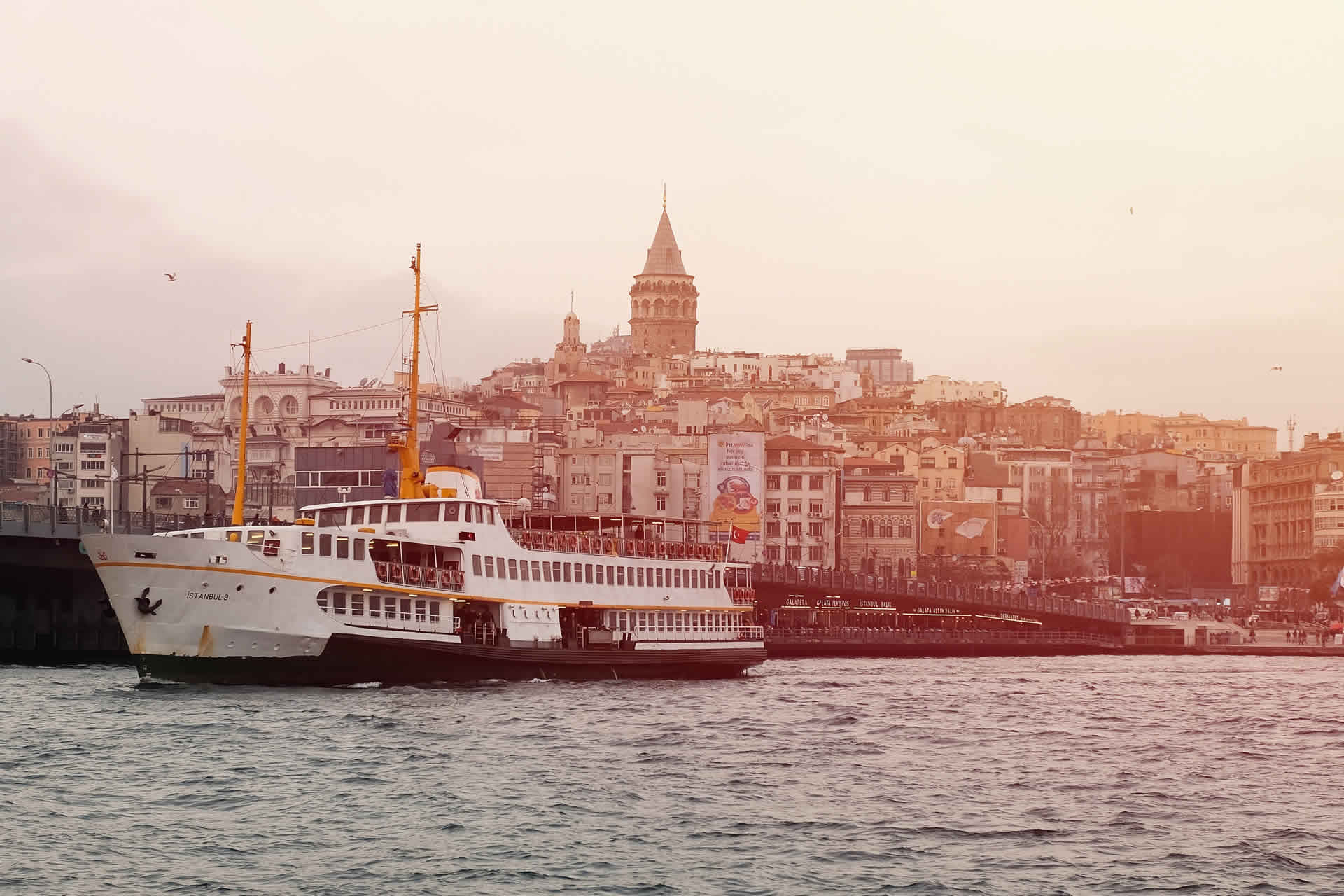There are some cities which are comerstones in world history. One such is Istanbul, the only metropolis which has maintained its existence, with a thriving economic, social and cultural life, for around two and a half thousand years.
Facing the old walled city of Istanbul on the southem shore of the Golden Horn is Galata, once a town in its own right surrounded by 3 km long walls with 12 gates, one of which still stands today. Within the outer walls, which stretched between Azapkapı, the Galata Tower and Tophane, Galata was once divided into five areas by inner walls.
A mosaic of languages and religions throughout its history, Galata remains unique in character even today. Galata ‘s history is as old as that of Istanbul, known in antiquity as Syka (from sycae meaning fig orchard). During the reign of the Byzantine Emperor Theodosius II (408-450) Galata, with its churches, forums, theatres and baths, formed Istanbul’s Thirteenth District. The origin of the word Galata is unknown. According to one theory it derives from “galaktos” (milk) after the dairies here and accord¬ing to others from the Italian word “calata” meaning steps or quay. A third conjecture is that it was named after the Goths who passed through here on their way to Anatolia.
Galata enjoyed its heyday under the Genoese who established a colony here in the 12th century and enjoyed an extensive degree of autonomy under the Byzantines. The Venetians wrested Galata from the Genoese for a short period, but in the 13th century we find the Genoese back in control again.
A document dated 1476, 23 years after the Turkish conquest, reports that Galata consist¬ed of 592 Greek households, 535 Turkish, 332 Frank (Gregorian, Catholic and Protestan!), Syrian Orthodox, Chaldeans, jews (Karay, Sephardic, and Eshkenazi), Arabs, gypsies, Serbians, Albanians, Wallachians, Genoese, Venetians, Frenchmen and Levantines.
As a port of call for ships from all over the Mediterranean, the Black Sea and further afield, Istanbul had a floating population of foreign seamen who sought their entertainment in the “meyhanes” (literally meyhane means drinking house, more generally a restaurant where liquor and food is served together and where the incomers sit, talk and drink for long hours) of Galata. Indeed some Muslims, too, found these establishments convenient for enjoying a glass of wine without risk of reproach. According to Evliya Çelebi, “Galata means meyhanes”.
The Muslim neighborhood of Galata were largely focused around Tophane and Azapkapı, where there were numerous religious and commercial buildings belonging to the Muslim community. On the whole, however, Galata was known for its Christian institutions.
In the 19th century Galata underwent extensive change, as the Christian community became wealthier and began to rebuild the timber houses destroyed by fire in masonry. As drinking water was piped into more local fountains, settlement here spread northwards, and the Beyoğlu we know today evolved. Most of the embassies and new public buildings constructed by the reformist sultans preferred sites in this new area compris¬ing Pera and Taksim, rather than Galata.
Meanwhile in Galata, with its remains of Genoese walls demolished by the Ottomans, and streets which grew up on the filled-in moats, each apart¬ment block displayed its own ethnic structure. Here were to be found the Turkish Orthodox community (which broke away from the Greek Patriarchate fol¬lowing the War of Independence), the Syrian Orthodox who hold their ser¬vices in the Greek Orthodox Church, White Russians, Jews and Armenians. The buildings are as fascinating as the inhabitants: an underground mosque, a church on the fourth floor of an apartment building, the ancient Galata Tower, and architectural styles ranging from baroque and rococo to neo-classic Ottoman.


Comment (0)